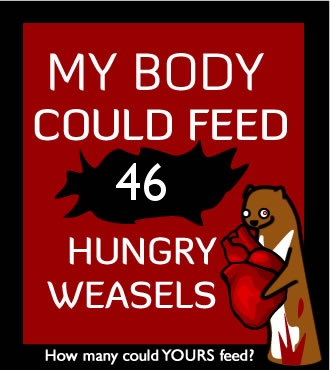This past week I had the pleasure of experiencing Washington DC with my extended family and my children. I lived in the greater DC area for several years as a child, and have fond memories of the National Museum of Natural History and the gigantic whale suspended from the ceiling. Though I have had many opportunities to return to DC for work, I have been waiting until I thought my own children would be old enough to remember the trip to take them. This week, with MPUSD in recess, was it.
We did the requisite trips to see the memorials and monuments. The Washington Monument reflecting on the water is still incredible, and the Lincoln Memorial still takes my breath away. The sight of the White House, lit at night, is a truly patriotic thing no matter what political party you belong to. I’ve stood there with Democrats and Republicans in power, and the effect is still the same, pure awe and respect. The National Museum of Natural History is still amazing. Fully assembled dinosaur bones, full-sized African elephants, whales suspended from the ceiling, and all. That particular museum, and my childhood memories, combined with my more recent trips as a researcher relegated to the collections stored in the catacombs in the basement of this fine institution, was my main motivation for the trip.
But, this time, with my kids, the site I found most moving was standing beneath the space shuttle Endeavor in the Air and Space Museum. The Endeavor never actually went into space, it was set up as a training shuttle. But, the sheer intensity of this actual ship literally inches from my face was almost heart-stopping. The strides we have made in this particular area of science are truly awesome. The mistakes…devastating. I remember sitting in my classroom in elementary school as the first civilian went into space, a teacher no less. This was to be a momentous day! There was a television brought into every classroom. We were glued to the broadcast. And, then, the worst possible thing happened. The spacecraft exploded, as we all watched. I knew it was awful, but I was too young to comprehend that the unimaginable had just happened. My teachers openly wept. I thought of this as I looked at the Endeavor.
And, what brought tears to my eyes, holding my son’s hand in the same museum, was standing under the Enola Gay and explaining to him the significance of that particular airplane, which, I am proud to say, I remembered without reading the elegantly framed placard in front of me. The payload of the Enola Gay represented the single most significant scientific accomplishment of the day. An accomplishment that was simultaneously the most devastating known to man, and subsequently brought an end to a World War.
The Air and Space Museum was always my father’s favorite museum. He is an engineer. I thought it made sense given his career. Now, however, I understand it from the perspective of a parent. The Air and Space Museum, like no other, represents the amazing strides we have made as a human race, and all that we hope will come to be in our children’s lifetimes, and their children’s lifetimes. We hope the science will be used for good; to find a cure for cancer, to end world hunger, to create world peace. Science can be also devastating. I lived in fear of a nuclear holocaust as a child. Global warming now haunts my children. And global warming is, in fact, the product of science run amok.
For better or for worse, science holds the key to the future. When I was a child I think we trusted that science would always make life better. Or at least I saw the world that way, through the eyes of a child. Now, I can only hope that science holds the promise of a great life for our children and grandchildren. We have seen the devastation that can be wrought. Yet, we hope that humanity will prevail and rational minds will guide science so that life for our children is better than we have now. That is all we ever want as parents.
Subscribe to:
Post Comments (Atom)






No comments:
Post a Comment